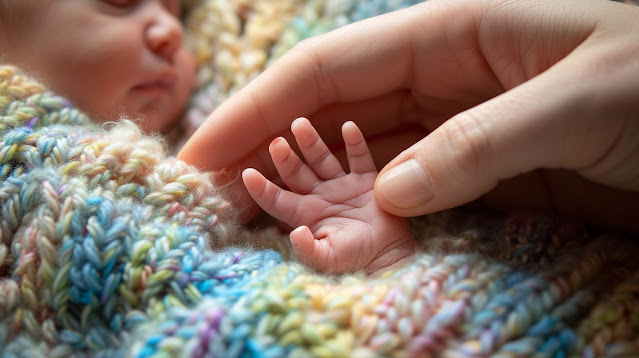Healing Through Humor: When Laughter is a Coping Mechanism
Some Of The Funniest People Are Often the Ones Who’ve Been Through the Most
Laughter is a sunbeam of the soul.

We’ve all met that person—the one who lights up a room with their quick comebacks, sharp humor, and ability to make even the most mundane moments entertaining. They seem effortlessly funny, the kind of person who turns pain into punchlines and struggles into stories worth laughing about.
But beneath that humor, there’s often something deeper. Many people who grow up to be naturally witty or humorous have experienced adversity, learning early on that laughter is not just an expression of joy—it’s a survival tool.
1. Humor as Emotional Armor: The Shield That Protects
For children growing up in emotionally unstable households, humor can become a form of armor. If a parent was unpredictable, authoritarian, or emotionally unavailable, the child might have learned that making people laugh diffused tension, avoided conflict, or provided a rare moment of connection.
Phrases like “Go to your room until you can calm down” or “Stop crying or I’ll give you something to cry about” were often not just about discipline. They were signs that a parent couldn't handle their own emotions—so they suppressed their child’s instead. Over time, this suppression teaches kids that their feelings are inconvenient, unimportant, or even dangerous to express.
As adults, these same children may find it easier to crack a joke than to confront discomfort. They become the comic relief in their own lives, shifting focus away from their pain through laughter.
2. The Feelings Wheel: Understanding Suppressed Emotions
I would really love this as a pillow and everyone's home
for difficult conversations to have with loved ones who
are emotionally unavailable.

for difficult conversations to have with loved ones who
are emotionally unavailable.
One of the most eye-opening tools in therapy is the Feelings Wheel, a visual breakdown of emotions that helps people identify what they’re actually feeling.
Many who grew up in environments where emotions were dismissed struggle to name their feelings at all. Instead of acknowledging sadness, they say they’re “just tired.” Instead of admitting they’re hurt, they brush it off with “It’s fine, I don’t care.”
The Feelings Wheel breaks emotions into six core categories—anger, fear, disgust, sadness, happiness, and surprise—and then further refines them into more specific terms.
For someone who has relied on humor to mask emotions, this tool is a way back to self-awareness. It helps unravel years of emotional suppression by giving names to feelings that were never validated in childhood.
3. Trauma and the Body: How Suppressed Feelings Manifest as Illness
Psychological studies have shown that unprocessed trauma and repressed emotions can lead to long-term health issues. Chronic stress, anxiety, and even physical illnesses like autoimmune diseases have been linked to unresolved emotional pain.
When emotions aren’t acknowledged, they don’t just disappear—they get stored in the body. This is why people with emotionally difficult pasts often experience:
- Chronic tension or migraines
- Digestive issues
- Unexplained fatigue
- Autoimmune conditions
- Anxiety or panic attacks
Healing starts when we stop suppressing emotions and begin understanding their root causes. Instead of using humor solely as a shield, it can become a way to process and move forward rather than to deflect.
4. Breaking the Cycle: Healing from Emotionally Immature Parents
One of the most validating experiences for those who grew up with emotionally immature parents is reading about their experiences and realizing they weren’t alone. Books like:
- Adult Children of Emotionally Immature Parents by Lindsay C. Gibson
- The Body Keeps the Score by Bessel van der Kolk
- Running on Empty by Jonice Webb
…offer insight into why certain people struggle with deep emotional connections and how breaking the cycle can lead to real healing.
For those who have spent their lives minimizing their own emotions, the journey to healing often begins with learning how to feel again. It’s about allowing yourself to experience emotions without filtering them through humor first.
5. Choosing Joy Without the Mask
There’s a difference between humor that masks pain and humor that celebrates life. Some people use jokes to distract from emotions they can’t face—but others reach a point where their laughter is purely a reflection of happiness.
Healing doesn’t mean you stop being funny. It means you no longer use humor to avoid vulnerability. It means you can sit with your emotions, acknowledge them, and still find joy—without having to deflect with a joke.
For those who have walked the path of healing, humor becomes something else entirely: a way of embracing life, of choosing joy after hardship. And that kind of laughter? It’s the kind that heals.
--------------------------------------------------------------------------------------------------






Comments
Post a Comment